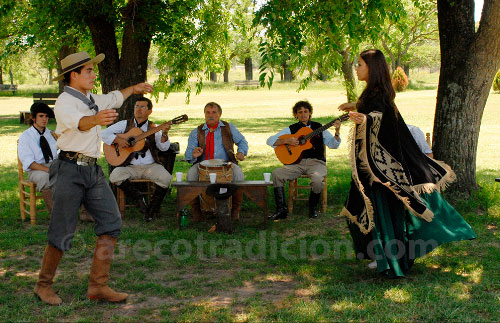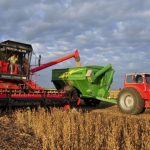The Folkloric Music and Dance of Argentina
Argentina has more than 70 traditional types of music and dance that punctuate the life of the country’s 23 states.
The Origins of Argentine Music
Argentina’s native music has developed over the centuries, influenced by several different origins. Among the most important influences are the first European missionaries who came to evangelize the Indian populations. The arrival of black slaves from Africa, with their rhythmic and festive sounds also played its part.

In the 16th century, the first Spaniards to arrive in Buenos Aires, namely Juan Gabriel Lezcano and Pedro de Mendoza, brought together the natives of the region and taught them Spanish songs in an attempt to “civilize” them. Flamenco tunes were then introduced into the colonies, with sounds of castanets and clapping.
In the 18th century, the European presence expanded, and qualified musicians started to arrive with new instruments, sheet music and music books. At the same time, slaves from Africa influenced local songs and made an important contribution to Argentine popular music.

In the Pampas town of San Antonio de Areco, Gauchos and peasants became outstanding musicians, always accompanied by their guitar. These musicians gave birth to the famous guitarreadas.
However, it was not until the 20th century that folkloric music bands became the true ambassadors of each region of the country. They perform popular music such as Chacarera in the region of Santiago del Estero, Chamamé in the region of Corrientes, Bailecito in the regions of Rioja and Tucuman. Other styles include Zamba, Gato and many other rhythms…
The dances
Under the impulse of this new traditional Latin music, a wide variety of dances emerged and became folkloric Argentine dance. At the beginning, these dances were inspired by European Courts and Salons (Versailles, Madrid …), they then developed rapidly in the big cities of the viceroy. Three main Capitals assume control, promotion and diffusion of these dances in South America: Lima first, then Rio de Janeiro, and finally Buenos Aires.
During colonial times in Argentina, French and Spanish ballet schools impel and guide trends throughout the Vice Kingdom of Rio de la Plata. The popular classes imitate the dances of salons of the upper class; while at the same time, the rural classes imitate the urban classes. Folkloric dances and music continue to be very much a part of Argentine tradition, for example peñas, which thrive in towns across the country.

Folkloric dances and music continue to be very much a part of Argentine tradition, for example peñas, which thrive in towns across the country.
Here are some examples of the biggest folkloric music groups in Argentina: Los Chalchaleros, Los Fronterizos, Atahualpa Yupanqui, Eduardo Falú and Gustavo “Cuchi” Leguizamón.






